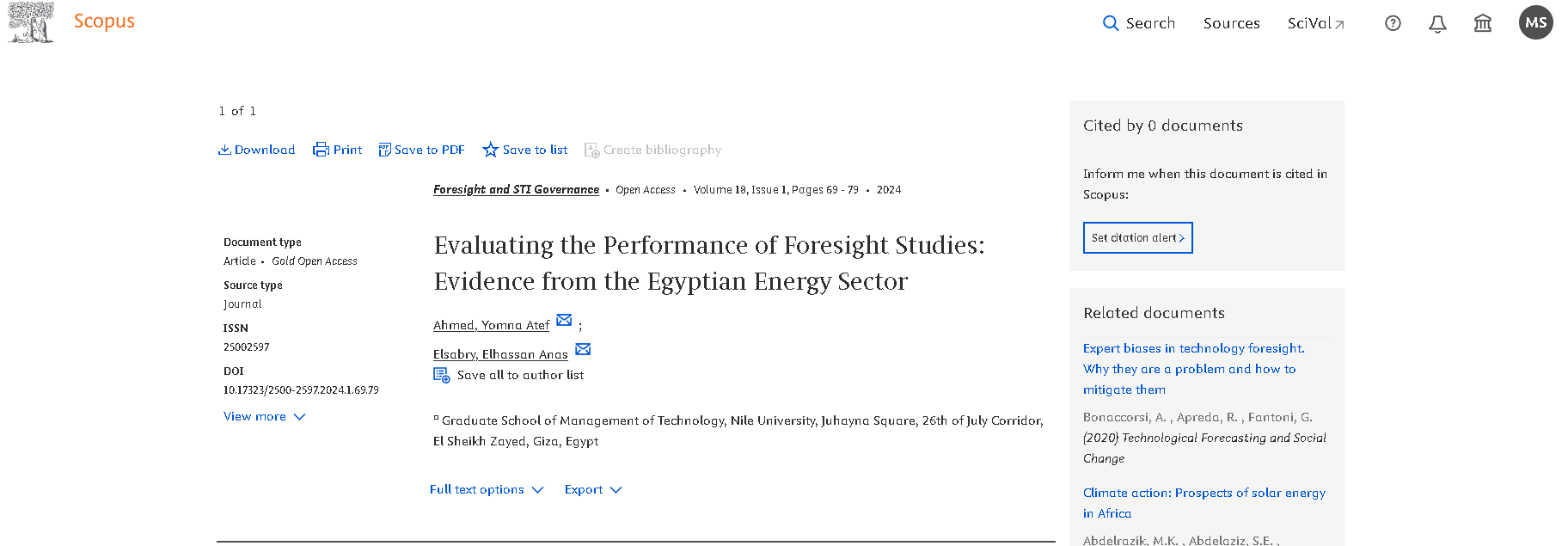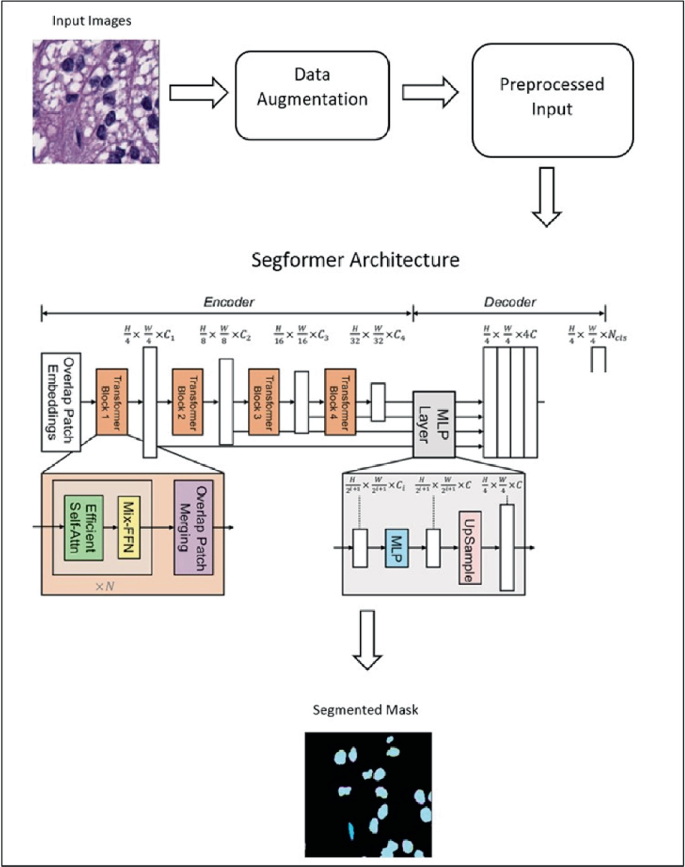
Synthesis of CuO-distributed carbon nanofiber: Alternative hybrid for solid propellants
Carbon nanofibers (CNFs) possess superior catalytic abilities and high surface area. Moreover, energetic particles can be loaded on them by acting as carriers. The current study reports an electroless plating, effective deposition of copper particles (Cu) on the surface of CNFs. The prepared Cu–CNFs hybrid was annealed at 250 °C to form CuO–CNFs. Homogeneous loading of CuO particles on CNFs was revealed via TEM analysis, while the crystalline structure was studied using XRD analysis. In addition, ammonium perchlorate (AP) oxidizer with endothermic initial decomposition was mixed with the synthesized CuO–CNFs hybrid. Moreover, uniform distribution of AP on CuO–CNFs hybrid was verified using SEM microscopy. While DSC and TGA were used to determine CuO–CNFs catalytic performance, our results showed that only 1 wt % of CuO–CNFs could decrease the endothermic decomposition of AP by 12.7%. Moreover, the two main stages of exothermic decomposition were combined into one with 80% increase in the total generated heat. To sum up, our results clearly revealed the promising catalytic capabilities of CuO–CNFs for the applications of solid propellants. © 2020, Springer Science+Business Media, LLC, part of Springer Nature.



